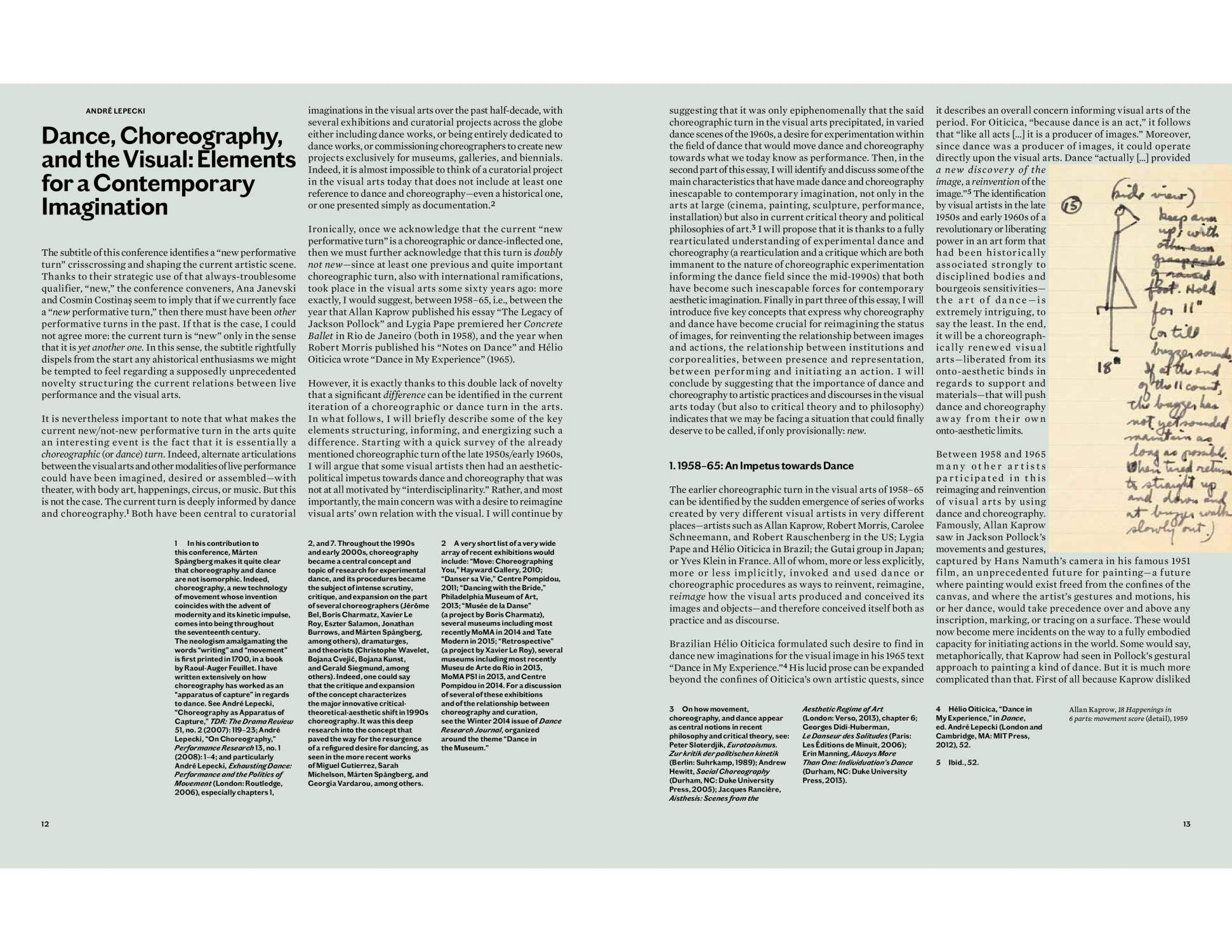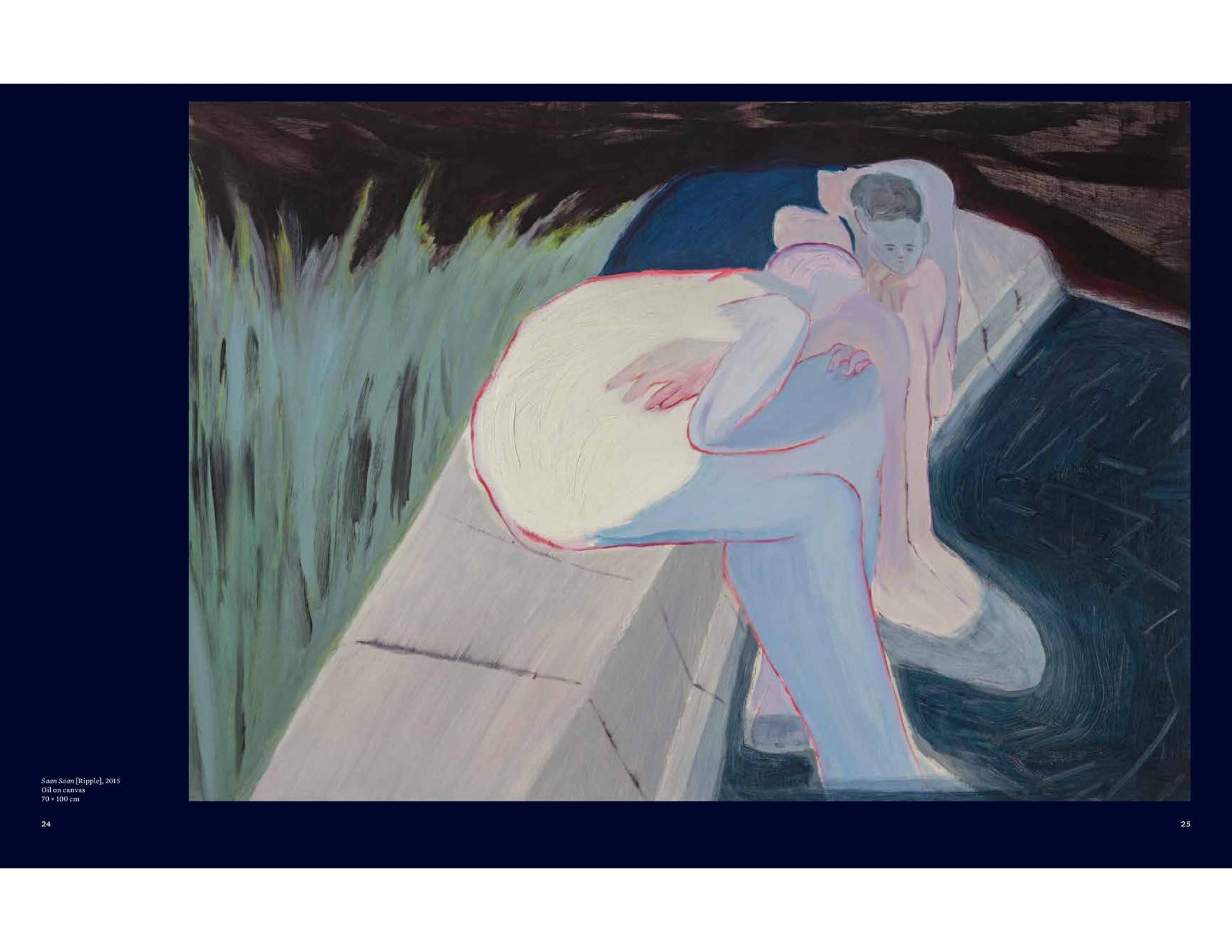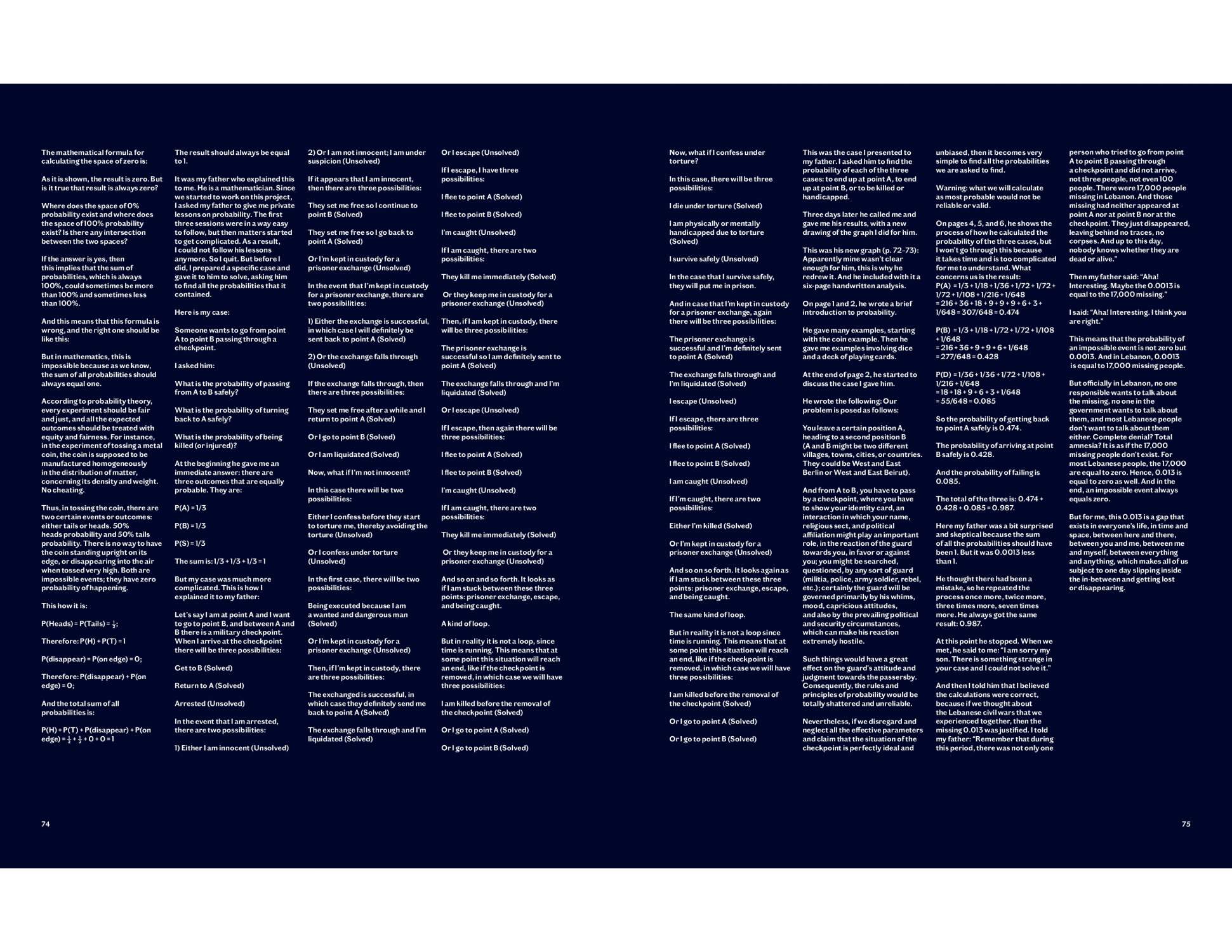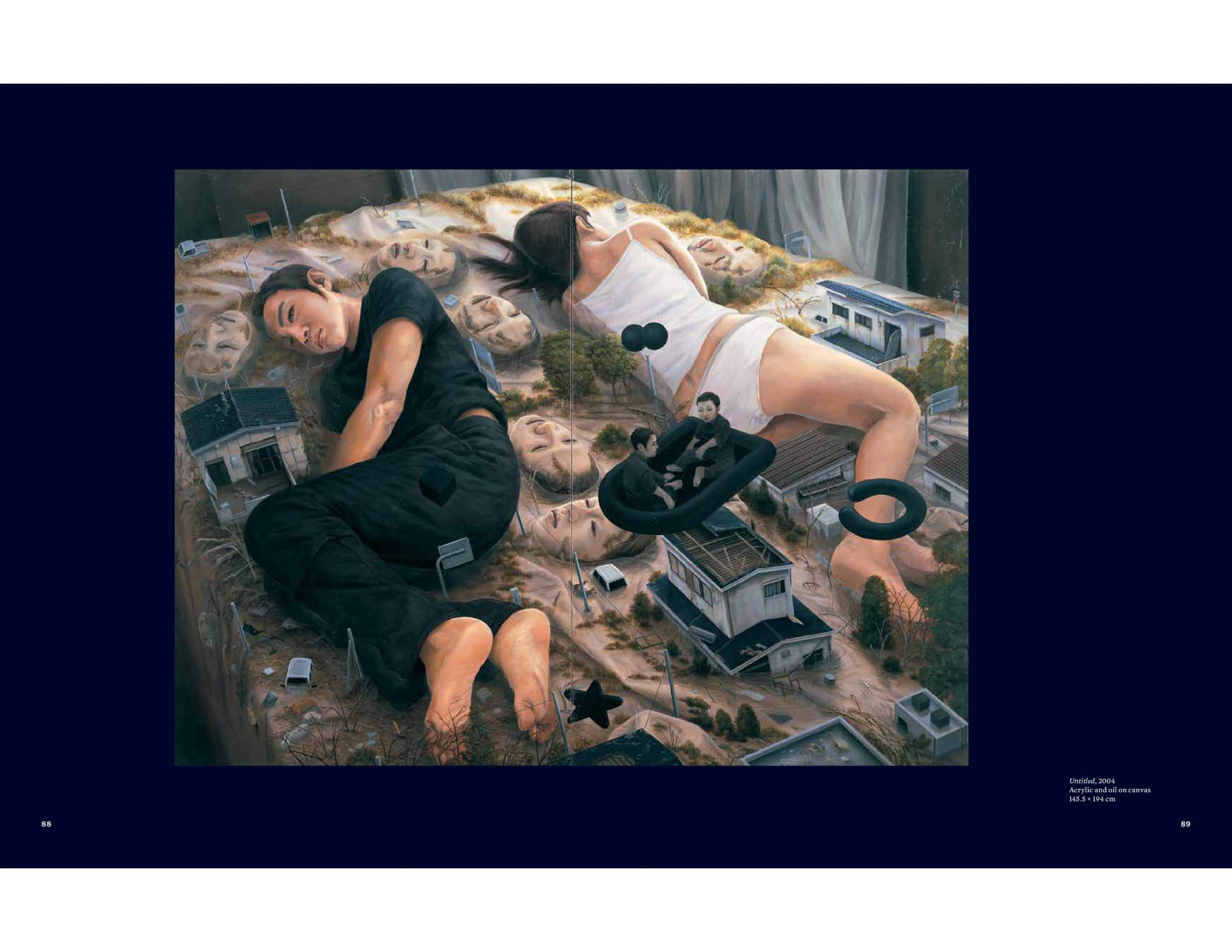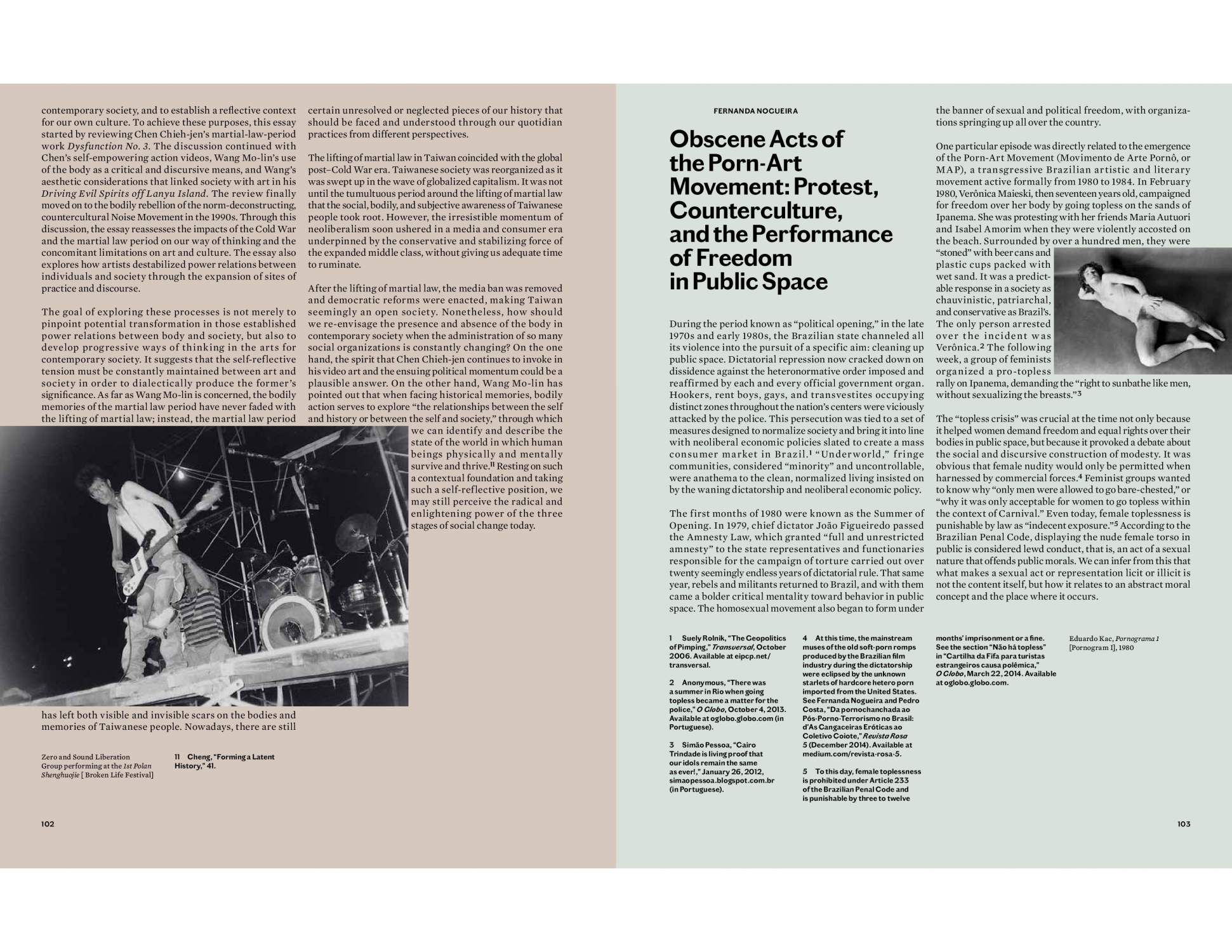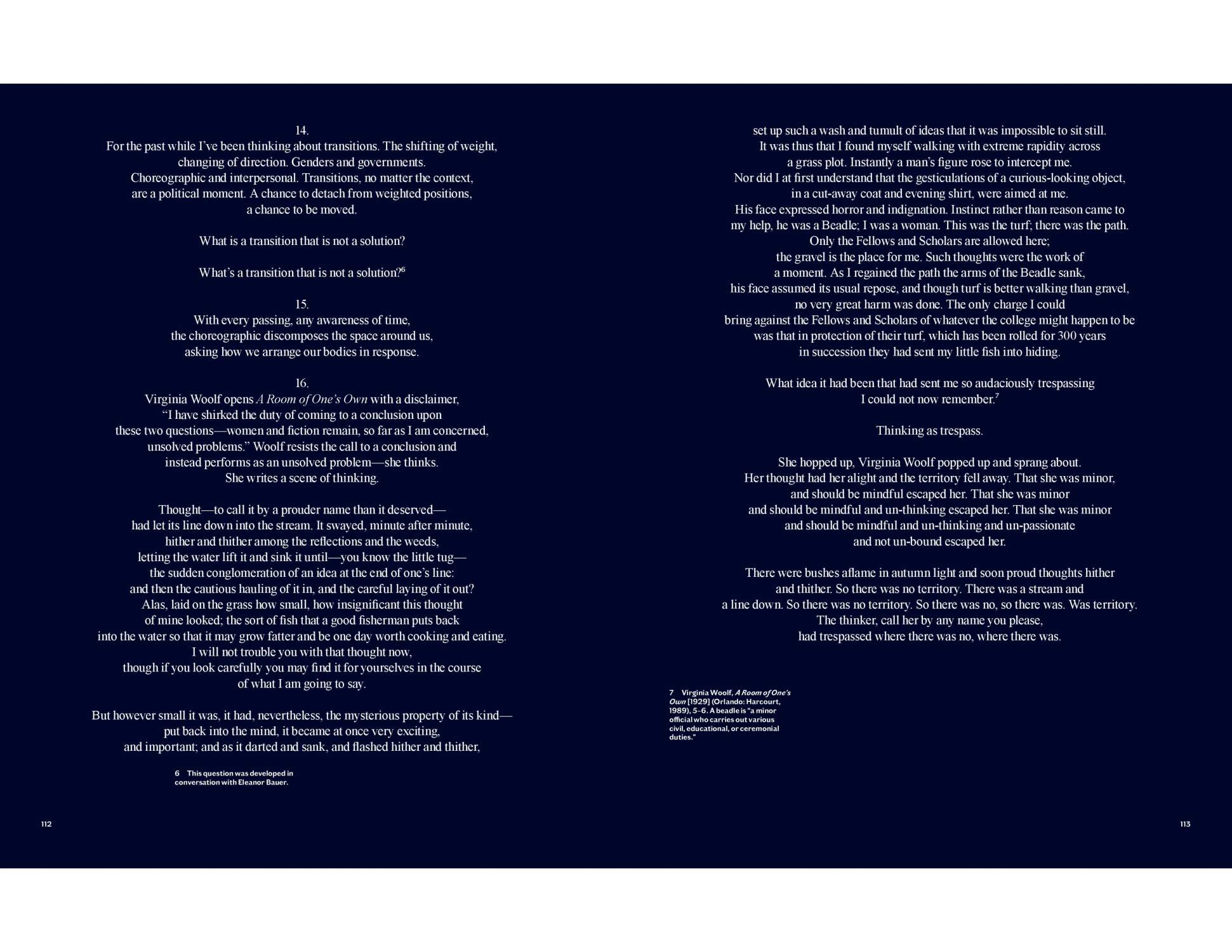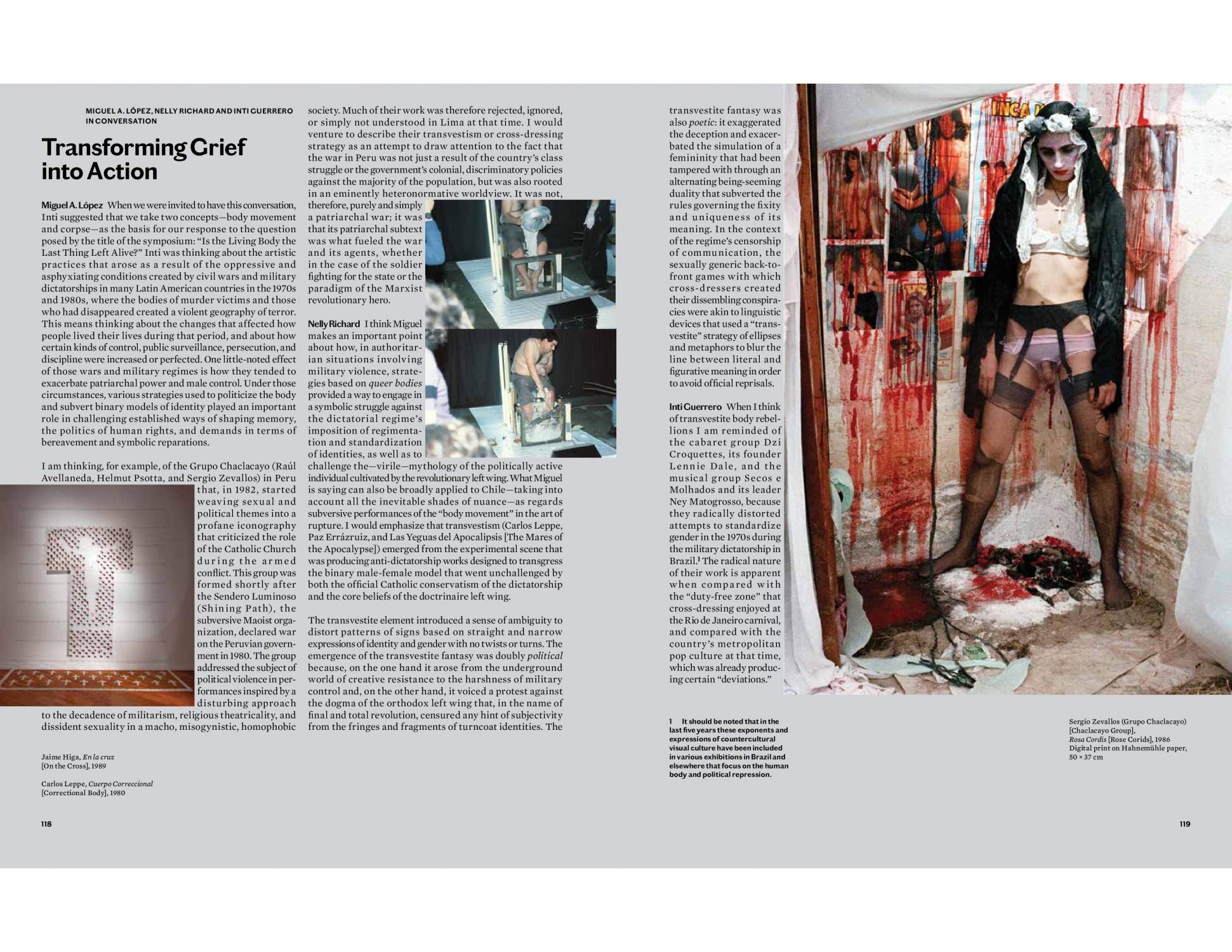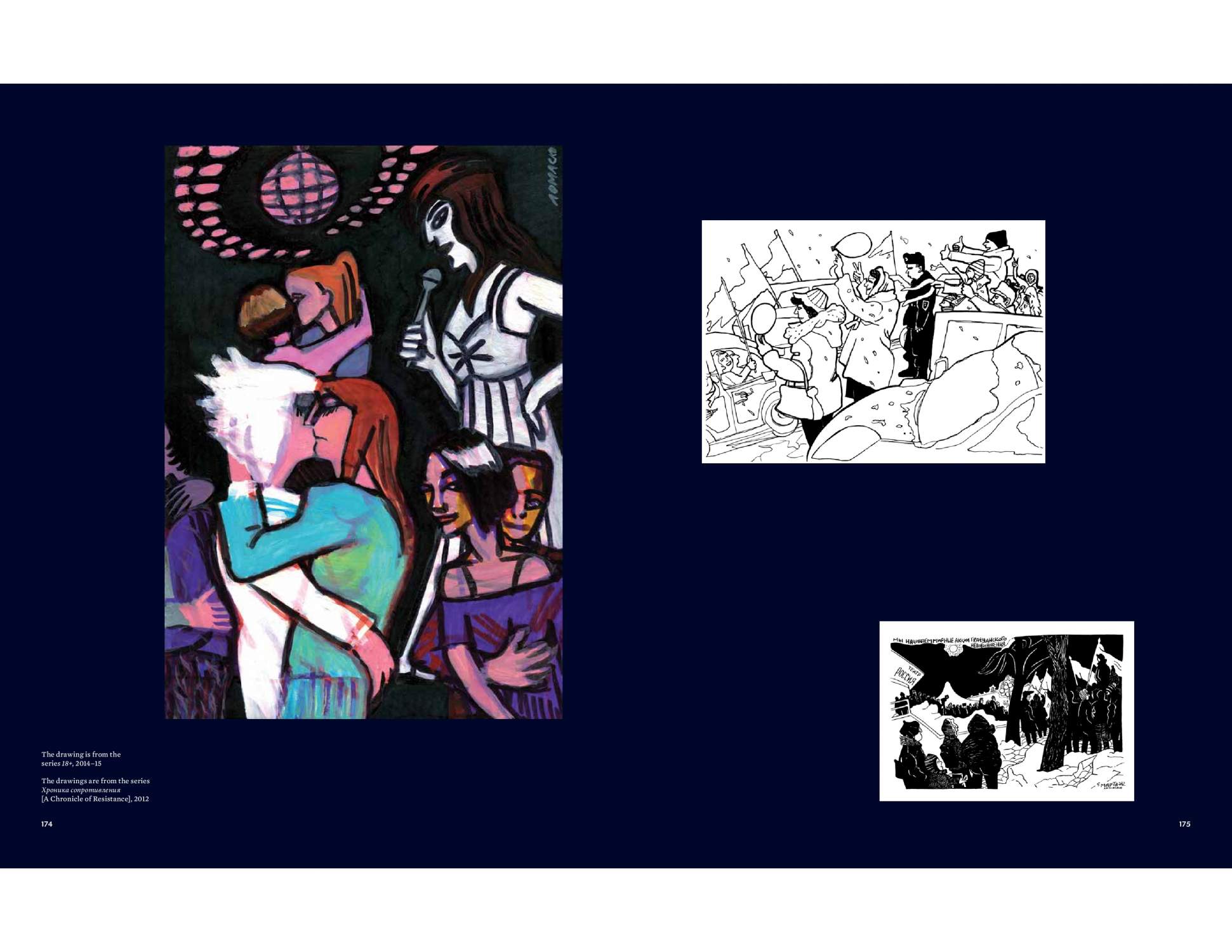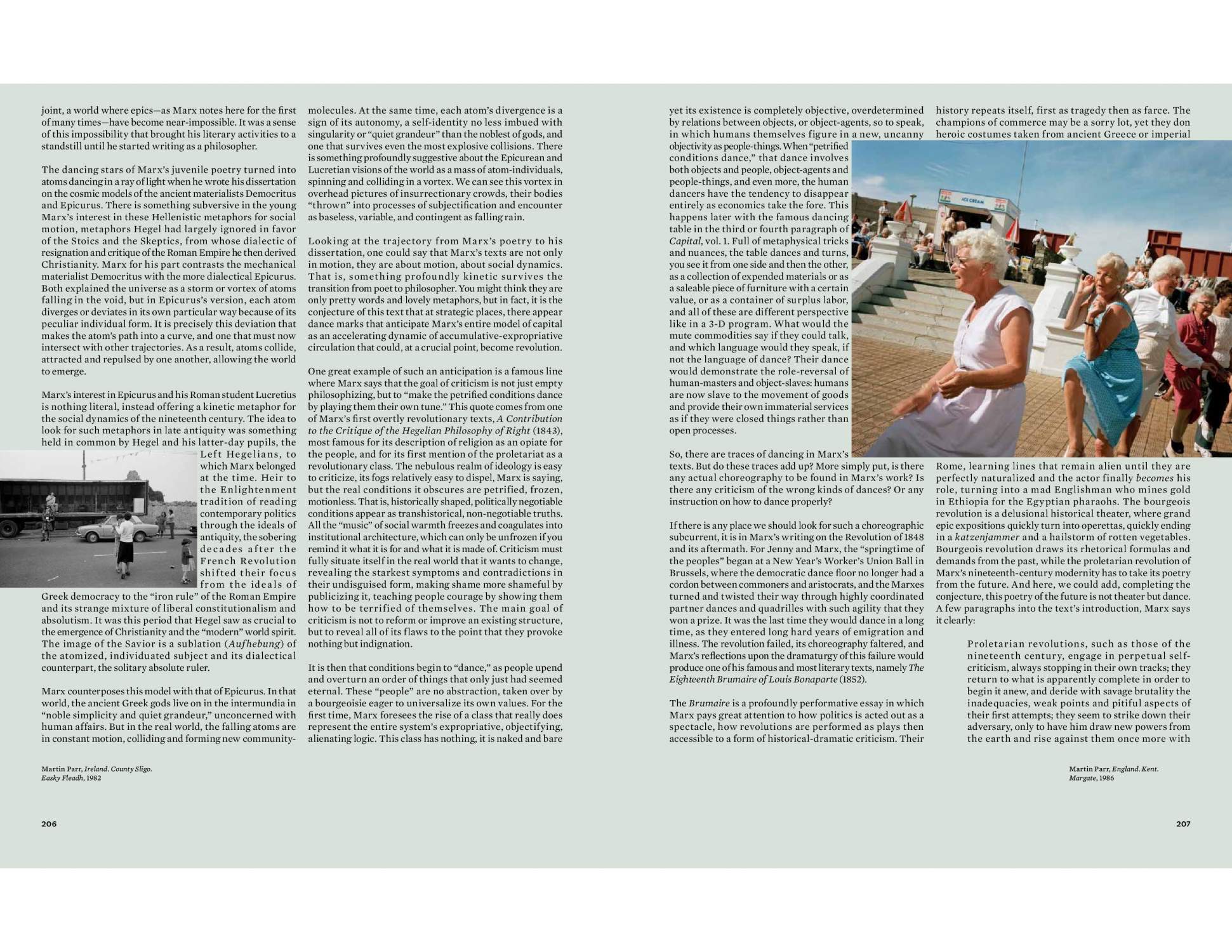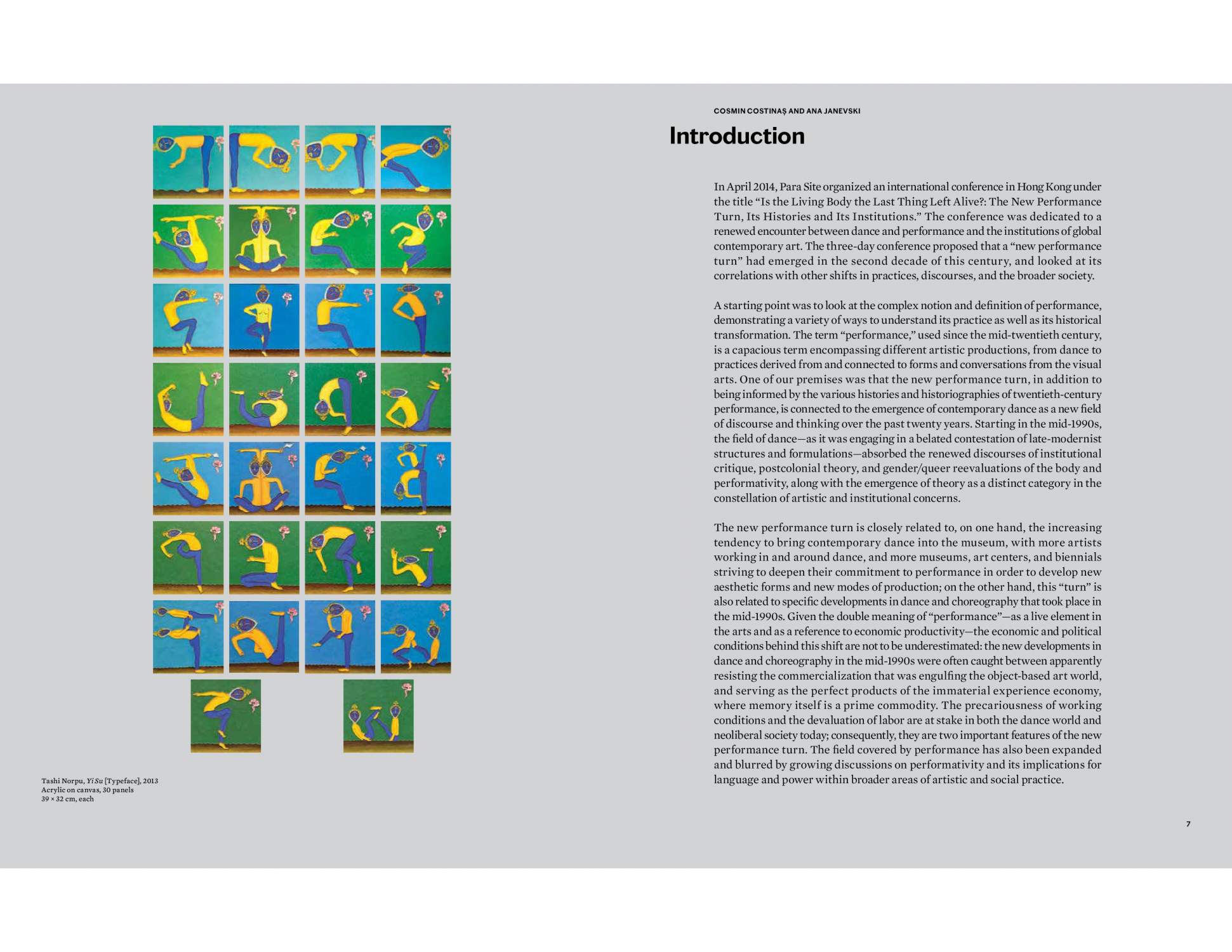Cart totals
| Subtotal | €77.06 |
|---|---|
| Shipping |
Shipping options will be updated during checkout. |
| Total | €125.06 |
| Subtotal | €77.06 |
|---|---|
| Shipping |
Shipping options will be updated during checkout. |
| Total | €125.06 |
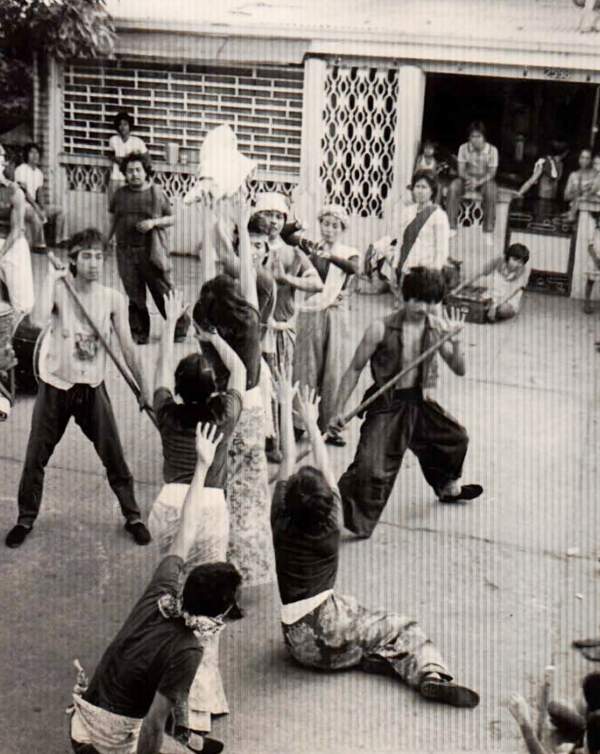
The choreographic turn in the visual arts from 1958 to 1965 can be identified by the sudden emergence of works created by very different visual artists in very different places—artists such as Allan Kaprow, Robert Morris, Carolee Schneeman, and Robert Rauschenberg in the United States; Lygia Pape and Hélio Oiticica in Brazil; the Gutai group in Japan; and Yves Klein in France. Each explicitly or implicitly used dance or choreographic procedures to reinvent, reimagine, and reimage how the visual arts produced and conceived its images and objects—and therefore conceived itself both as practice and as discourse. Dedicated to the renewed encounter between dance and performance and the institutions of global contemporary art, Is the Living Body the Last Thing Left Alive? proposes that a “new performance turn” has emerged in the second decade of the century, and looks at its correlations with other shifts in practices, discourses, and broader society.
The new performance turn is closely related to, on one hand, the increasing tendency to bring contemporary dance into the museum, with more artists working in and around dance, and more museums, art centers, and biennials striving to deepen their commitment to performance in order to develop new aesthetic forms and new modes of production; on the other hand, this “turn” is also related to specific developments in dance and choreography that took place in the mid-1990s. This publication tries to think about performance as more than a medium, beyond its liveness and ephemerality, and rather as a series of questions and reflections about how art mediates social relations among people.
Is the Living Body the Last Thing Left Alive? is expanded from the eponymous 2014 conference organized by Para Site.
